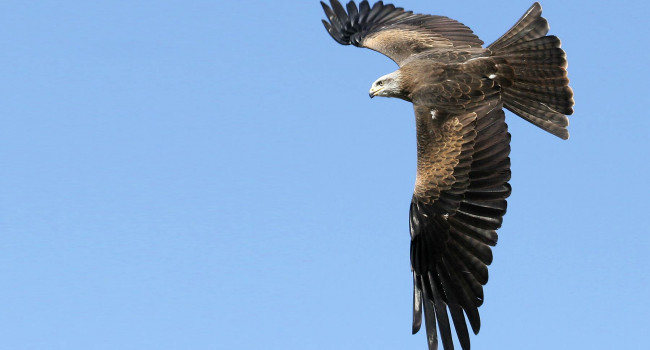Impacts of climate change on national biodiversity population trends

Author(s): Martay, B., Brewer, M.J., Elston, D.A., Bell, J.R., Harrington, R., Brereton, T.M., Barlow, K.E., Botham, M.S. & Pearce-Higgins, J.W.
Published: October 2016
Journal: Ecography
Digital Identifier No. (DOI): 10.1111/ecog.02411
In a collaborative project led by BTO, we analysed data on population trends from the Rothamsted Insect Survey (aphids and moths), the National Bat Monitoring Programme, the UK Butterfly Monitoring Scheme, and the Breeding Bird Survey (birds and mammals). We modelled annual changes in the abundance of over 500 species from these schemes as a function of monthly variation in temperature and precipitation, summarised into a small number of principal components. These models were then used to identify the extent to which long-term population trends were consistent with the trend expected from changes in temperature and precipitation. We used this approach to infer the potential role of climate change in driving these population trends, although a proportion of this contribution may have been related to natural variability in the weather.
Our results suggest that climate change may have had a significant impact on the long-term trend of 79 species since the 1970s. Trends of eight rapidly declining species matched the negative impacts of climate change expected from our models, including two birds (Lesser Redpoll and Common Snipe) and six moths (Mottled Umber, Little Emerald, Northern Winter Moth, Twin-spot Carpet, Broom Moth and Minor Shoulder-knot). Positive population trends of four species were consistent with the modelled increases in abundance expected from climate change (Greylag Goose, Canada Goose, Lesser-spotted Pinion and Reeves Muntjac). Across species, moth populations declined by an average of 1.4% per year, half of which was consistent with the expected impact of climate change. Conversely, winged aphid abundance increased annually by 0.7%, of which over 60% may have been caused by climate change.
Although it is difficult to definitively attribute long-term trends to climate change, this study suggests that at least some long-term trends in terrestrial biodiversity may have been caused by climate change. Although overall changes in bird, mammal and butterfly populations were not strongly related to climate change, matching the results of previous work on farmland birds, and suggesting that other drivers of change have probably been more important for these groups, our results strongly suggest that climate change may have significantly contributed to the decline of moths, particularly in southern Britain, and to increases in winged aphids. This information helps identify the species that may be most vulnerable to future impacts, and importantly suggests that we need to be closely monitoring trends in the abundance of bird species that rely on moth caterpillars for food.








Share this page